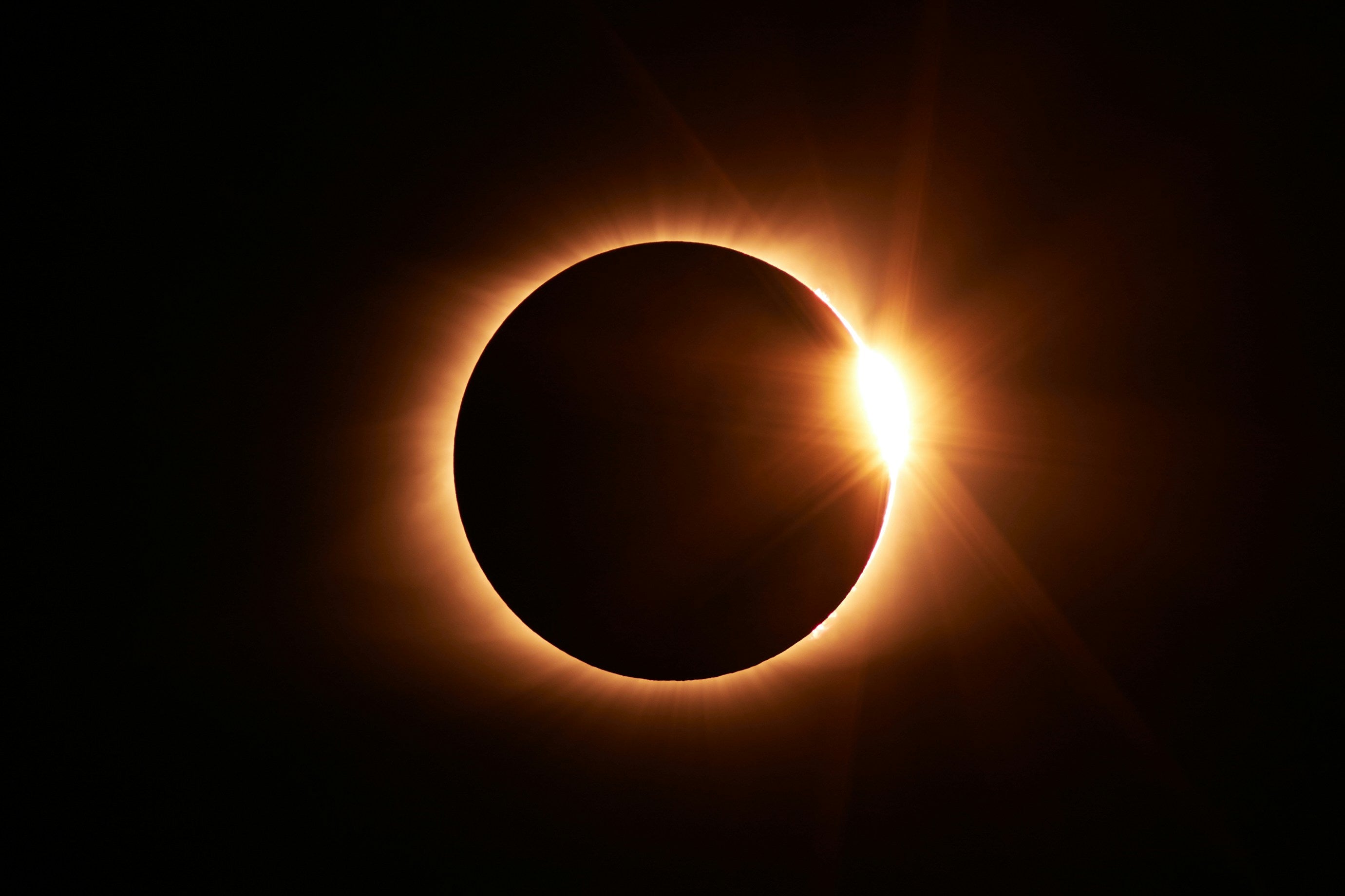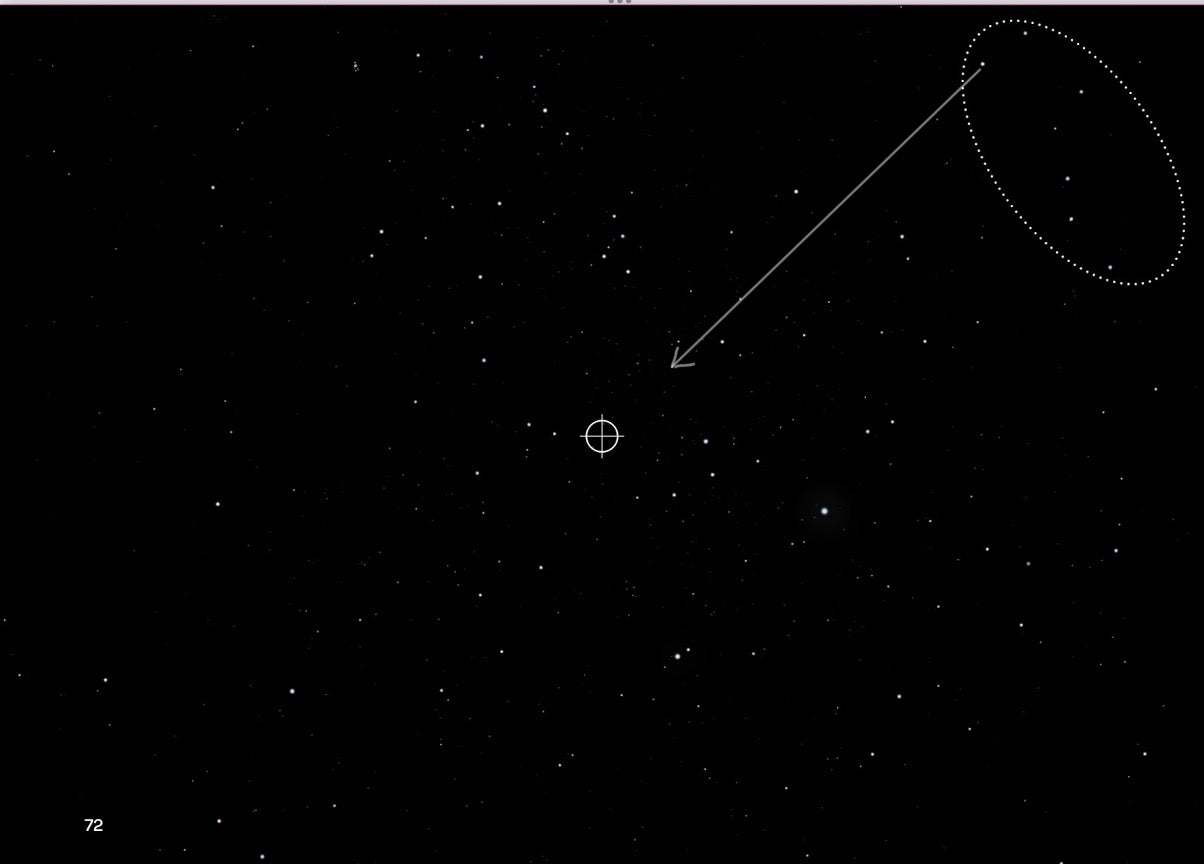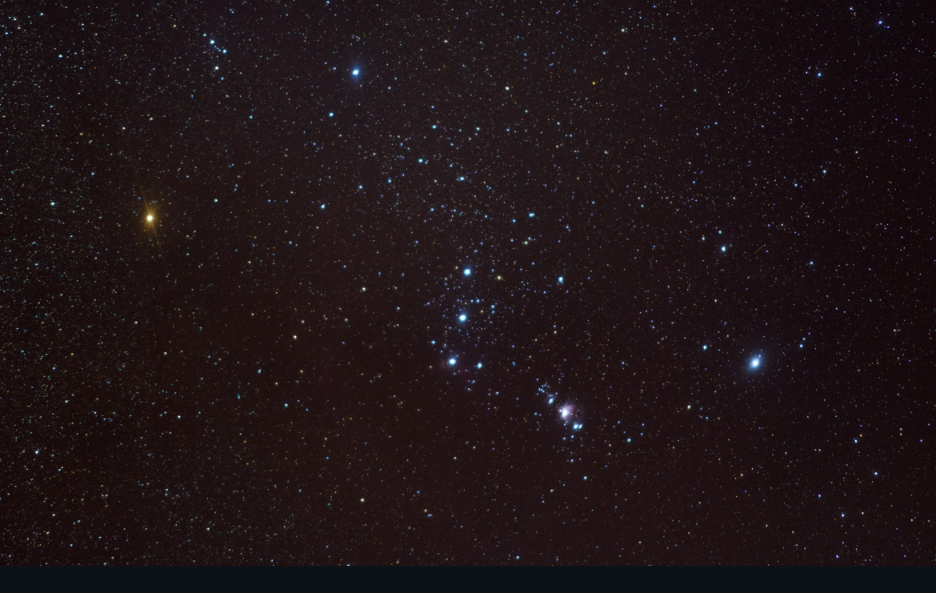All you need to know about the Solar Eclipse!


The Stikky Night Skies team is getting ready for the upcoming solar eclipse. A solar eclipse is one of nature's most awe-inspiring phenomena and occurs when the Moon passes between the earth and the sun, temporarily blocking the sun's light. On April 8, 2024, a total solar eclipse will cross the Americas, passing over Mexico, the United States, and Canada.

To witness a total solar eclipse, you will need to be within the 115-mile-wide path of totality. The path of totality refers to the specific area on Earth's surface where the moon completely covers the sun, turning day into night for a short time. An estimated 44 million people live inside the path of totality stretching from Mazatlán, Mexico to Newfoundland, Canada. If you're outside the path of totality you’ll see a partial solar eclipse, where only a part of the sun is obscured by the moon, giving it a crescent shape. Check out this interactive map from the Planetary Society - enter your expected location to see what time the eclipse will start and whether you will experience totality, or, if not, what percentage of sun coverage you can expect.
The whole event will take about two and a half hours. The closer you are to the center of the path of totality, the longer the eclipse will last. If you happen to be directly on the path, you’ll experience a whopping four minutes and 28 seconds of totality. A four-minute eclipse is rare and hasn’t been witnessed in the US since 1806.

All of the events leading up to totality happen in reverse!
You can permanently damage your eyes if you view an eclipse without protection, and this means more than sunglasses or ski goggles. For safe viewing, wear solar glasses and place solar filters in front of viewing equipment lenses such as cameras, telescopes, and binoculars. This how to observe the sun safely guide tells you everything you need to know about safe solar viewing.
The next total solar eclipse that can be seen from the contiguous United States will be on Aug. 23, 2044. Check out this calendar to see upcoming solar eclipses outside of the US.
Whether you plan to make a trip to the path of totality or not, this is an event not to be missed!
Photo Credits: Path of totality - Xavier M Jubier, Eclipse - Jongsun Lee, Unsplash, Solar Corona - Eclipse Chasers, Pixabay
Related Posts
View all posts
Polaris, also known as the North Star or the Pole Star, is very close to, though not exactly on, the...

The night sky is a tapestry of celestial wonders, and among them, the constellation Orion stands out as one of...